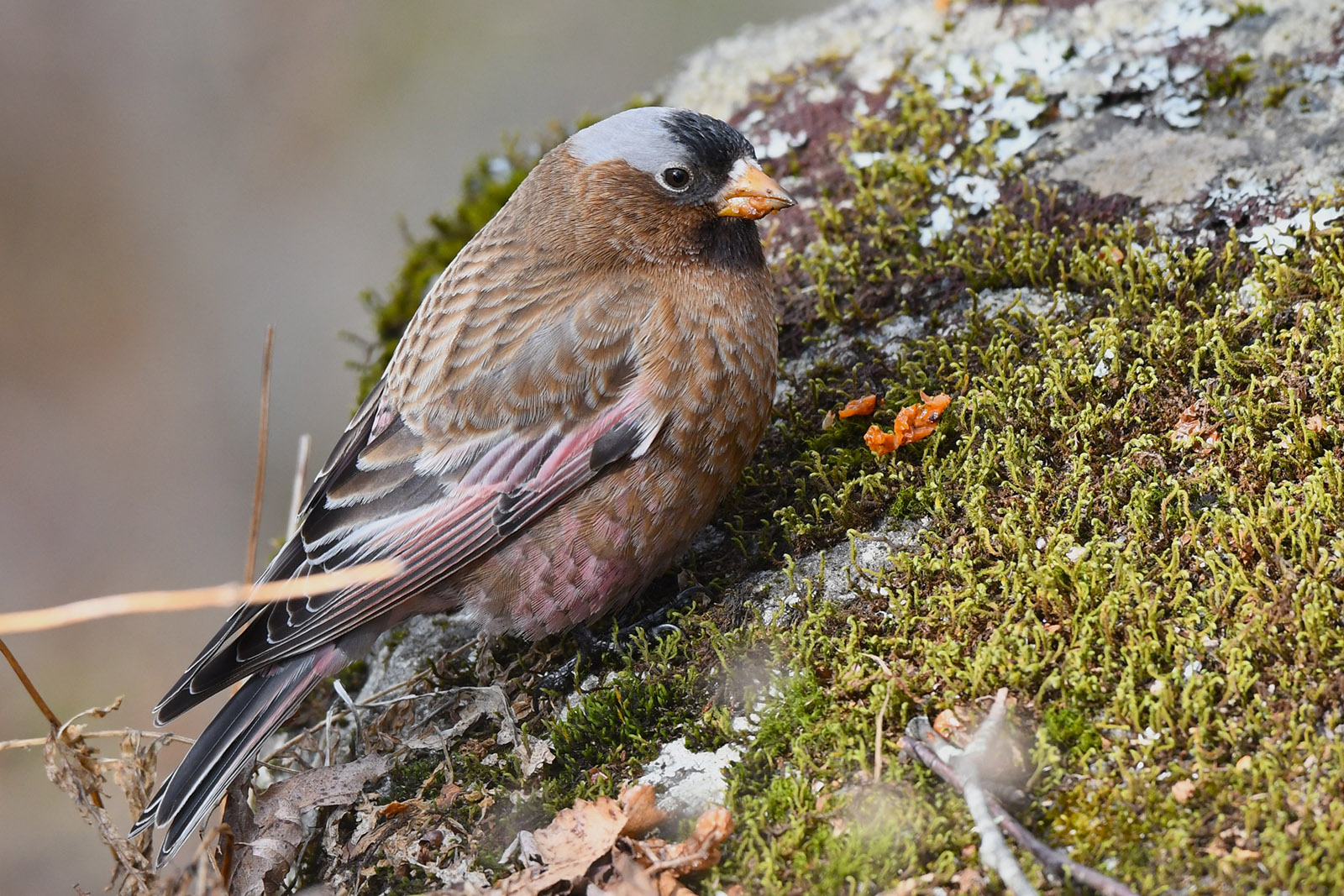By Daniel Bailey
Photos by Daniel Bailey
LIFER! is the sighting of a bird that you have never seen before. INFREQUENT is the sighting of a bird that you see in a particular area that may not be considered a “regular” visitor. RARE is the sighting of a bird that piques the interest of even the most seasoned birding enthusiast, a bird that should not be in that particular area at that period of time.
Then you have MEGA-RARE! This is the sighting of a bird that has no business being where it has been seen. That is the type of bird sighting that will have birders drop what they are doing, on the spot, and make an eight-hour drive to get their eyes on the elusive feathered prize.
Here’s the thing: Birds have wings and they go where the wind and food take them. Last year’s MEGA-RARE award went to the American flamingos that were spotted along the coast in Chincoteague, Virginia.
This year’s prospective winner took us to the mountains of Amherst County, Virginia. In February, Josh Arrington made a report of a gray-crowned rosy-finch at the peak of Mount Pleasant—a report that sent shockwaves through the birdwatching community. Group chats erupted with hesitation about the authenticity of this sighting, speculation that did not come without good cause.
The typical range of this finch is from west of the Rocky Mountains to the Aleutian Islands of Alaska. To put it in perspective, based on eBird records, this species had never been reported before in Virginia. An impressive sighting to say the least.
But this sighting took it to the next level. This species had only been reported a handful of times east of the Rocky Mountains and only once before in all of the southeast—in Arkansas in 2012.
There’s only one way to debunk a myth, and that’s to put in your own legwork. And legwork was exactly what it was going to take. A mere three-mile climb to the peak of Mount Pleasant is what stood between birders and a chance to be in the record books!
At the first opportunity, I made the drive to the trailhead and started the trek. My mind raced with anticipation, as if I were going to be able to get a look at this needle in a haystack. I was greeted at the peak by fellow birders who were on the same mission. The sun began to set, and so did my optimism. After a few hours of scouting, my camera’s memory card was as empty as the tree tops… no finch to be found.
The following days, reports began to trickle in. The bird EXISTED!!!! On Valentine’s Day, with hope rekindled, I decided to make another attempt on history. This time I made sure I got to the peak with the rising sun. The path along the ridge was covered with a light dusting of freshly fallen snow and the tracks of a ruffed grouse.
In a matter of minutes, a dozen other birders from around the state arrived at the summit. The consensus of prior reports was that the bird was feeding on the berries of the mountain ash tree. The good news was that the tree species was plentiful. The bad news was that the majority of the trees had been plucked clean of their fruit.
The frost that had accumulated along the summit sparked an idea that an old friend had once recommended: Take the path less traveled. With that inspiration from Robert Frost, I broke away from the group and scrambled up a boulder that overlooked the top of an ash full of ripe berries. After what seemed like an eternity, several eastern bluebirds flew in and began to feast on breakfast. My eyes bounced back and fourth between the branches, hoping that one bird did not look like the rest.
Then, out of nowhere, like a gift from St. Valentine himself, a plump chocolate-covered strawberry flew in and landed right in front of me—the gray-crowned rosy-finch. Once I caught my breath, I began firing off shots from my camera like I’d just seen Bigfoot.

Not wanting to keep the bird to myself, I alerted the group to the celebrity’s appearance. A small stampede ensued and all got great looks and shots of this beautiful bird. The bird became accustomed to its newfound stardom and flew down to give us even better looks, landing mere feet from the group.
Upwards of one hundred birders, from their 20s to their 80s, eventually made the trip to find this finch. No mountain too high or temperature too cold would stop a birder from a LIFER!
I’m often asked what birds I look for on my trips. My response is always the same… all of them! Here’s to the next rarity. Happy Birding!
A police detective with a passion for birding, Daniel Bailey of Lynchburg applies his investigative skills to checking species off his life list.


